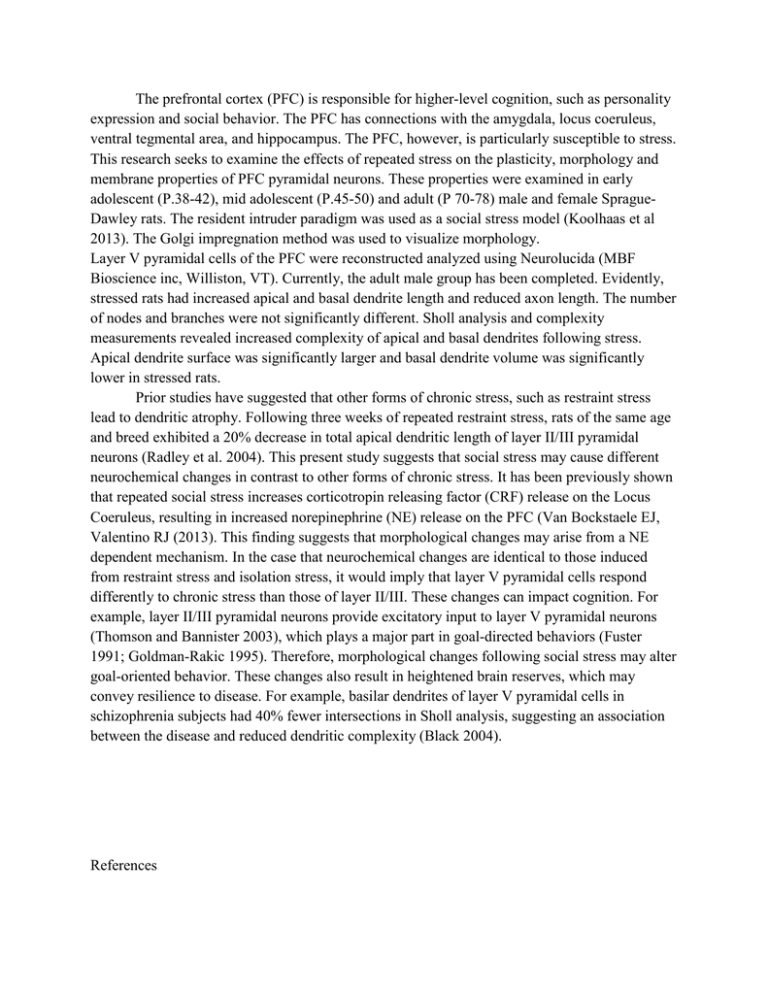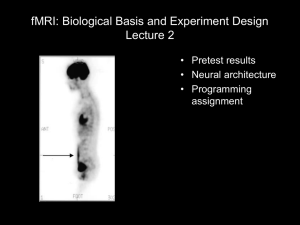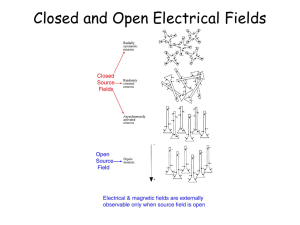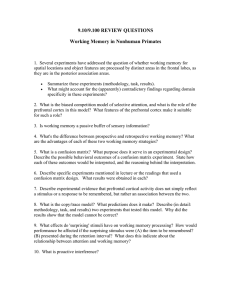The prefrontal cortex (PFC) is responsible for higher
advertisement

The prefrontal cortex (PFC) is responsible for higher-level cognition, such as personality expression and social behavior. The PFC has connections with the amygdala, locus coeruleus, ventral tegmental area, and hippocampus. The PFC, however, is particularly susceptible to stress. This research seeks to examine the effects of repeated stress on the plasticity, morphology and membrane properties of PFC pyramidal neurons. These properties were examined in early adolescent (P.38-42), mid adolescent (P.45-50) and adult (P 70-78) male and female SpragueDawley rats. The resident intruder paradigm was used as a social stress model (Koolhaas et al 2013). The Golgi impregnation method was used to visualize morphology. Layer V pyramidal cells of the PFC were reconstructed analyzed using Neurolucida (MBF Bioscience inc, Williston, VT). Currently, the adult male group has been completed. Evidently, stressed rats had increased apical and basal dendrite length and reduced axon length. The number of nodes and branches were not significantly different. Sholl analysis and complexity measurements revealed increased complexity of apical and basal dendrites following stress. Apical dendrite surface was significantly larger and basal dendrite volume was significantly lower in stressed rats. Prior studies have suggested that other forms of chronic stress, such as restraint stress lead to dendritic atrophy. Following three weeks of repeated restraint stress, rats of the same age and breed exhibited a 20% decrease in total apical dendritic length of layer II/III pyramidal neurons (Radley et al. 2004). This present study suggests that social stress may cause different neurochemical changes in contrast to other forms of chronic stress. It has been previously shown that repeated social stress increases corticotropin releasing factor (CRF) release on the Locus Coeruleus, resulting in increased norepinephrine (NE) release on the PFC (Van Bockstaele EJ, Valentino RJ (2013). This finding suggests that morphological changes may arise from a NE dependent mechanism. In the case that neurochemical changes are identical to those induced from restraint stress and isolation stress, it would imply that layer V pyramidal cells respond differently to chronic stress than those of layer II/III. These changes can impact cognition. For example, layer II/III pyramidal neurons provide excitatory input to layer V pyramidal neurons (Thomson and Bannister 2003), which plays a major part in goal-directed behaviors (Fuster 1991; Goldman-Rakic 1995). Therefore, morphological changes following social stress may alter goal-oriented behavior. These changes also result in heightened brain reserves, which may convey resilience to disease. For example, basilar dendrites of layer V pyramidal cells in schizophrenia subjects had 40% fewer intersections in Sholl analysis, suggesting an association between the disease and reduced dendritic complexity (Black 2004). References Black, James E., et al. "Pathology of layer V pyramidal neurons in the prefrontal cortex of patients with schizophrenia." Pathology 161.4 (2004). Fuster JM. The prefrontal cortex and its relation to behavior. Prog Brain Res 87: 201– 211, 1991. Goldman-Rakic PS. Architecture of the prefrontal cortex and the central executive. Ann NY Acad Sci 769: 71–83, 1995. Koolhaas, J.M., Coppens, C.M., de Boer, S.F., Buwalda, B., Meerlo, P., Timmermans, P.J.A. The Resident-intruder Paradigm: A Standardized Test for Aggression, Violence and Social Stress. J. Vis. Exp. (77), e4367, doi:10.3791/4367 (2013) Radley, J.J., Sisti, H.M., Hao, J., Rocher, A.B., McCall, T., Hof, P.R., McEwen, B.S., Morrison, J.H., 2004. Chronic behavioral stress induces apical dendritic reorganization in pyramidal neurons of the medial prefrontal cortex. Neuroscience 125, 1–6. Radley, J.J., Rocher, A.B., Janssen, W.G.M., H Silvia-Gomez, A.B., Rojas, D., Juarez, I., Flores, G., 2003. Decreased dendritic spine density on prefrontal cortical and hippocampal pyramidal neurons in postweaning social isolation rats. Brain Res. 983, 128–136. Thomson AM and Bannister AP. Interlaminar connections in the neocortex. Cereb Cortex 13: 5–14, 2003 Van Bockstaele EJ, Valentino RJ (2013) Neuropeptide regulation of the locus coeruleus and opiate-induced plasticity of stress responses. Adv Pharmacol 68:405-420.



